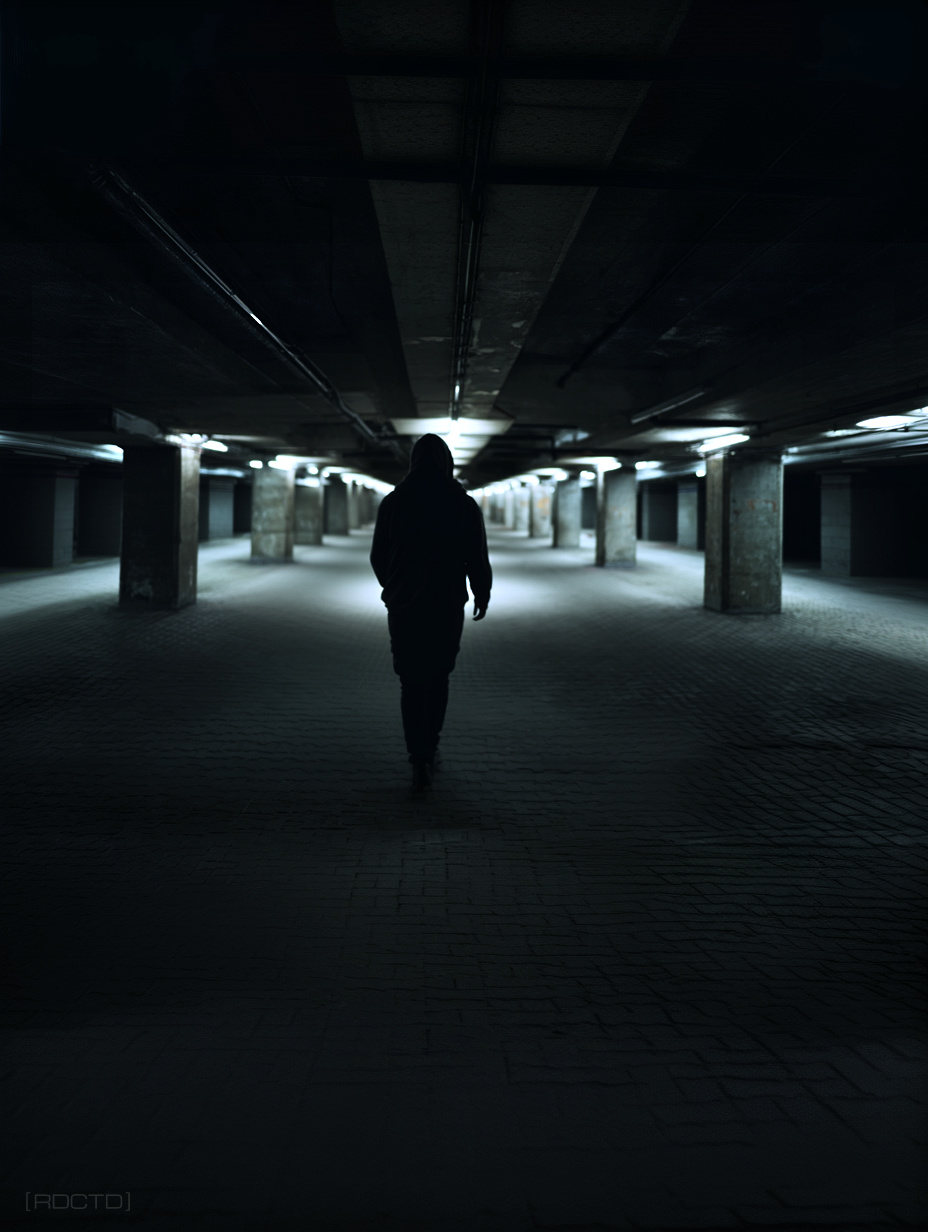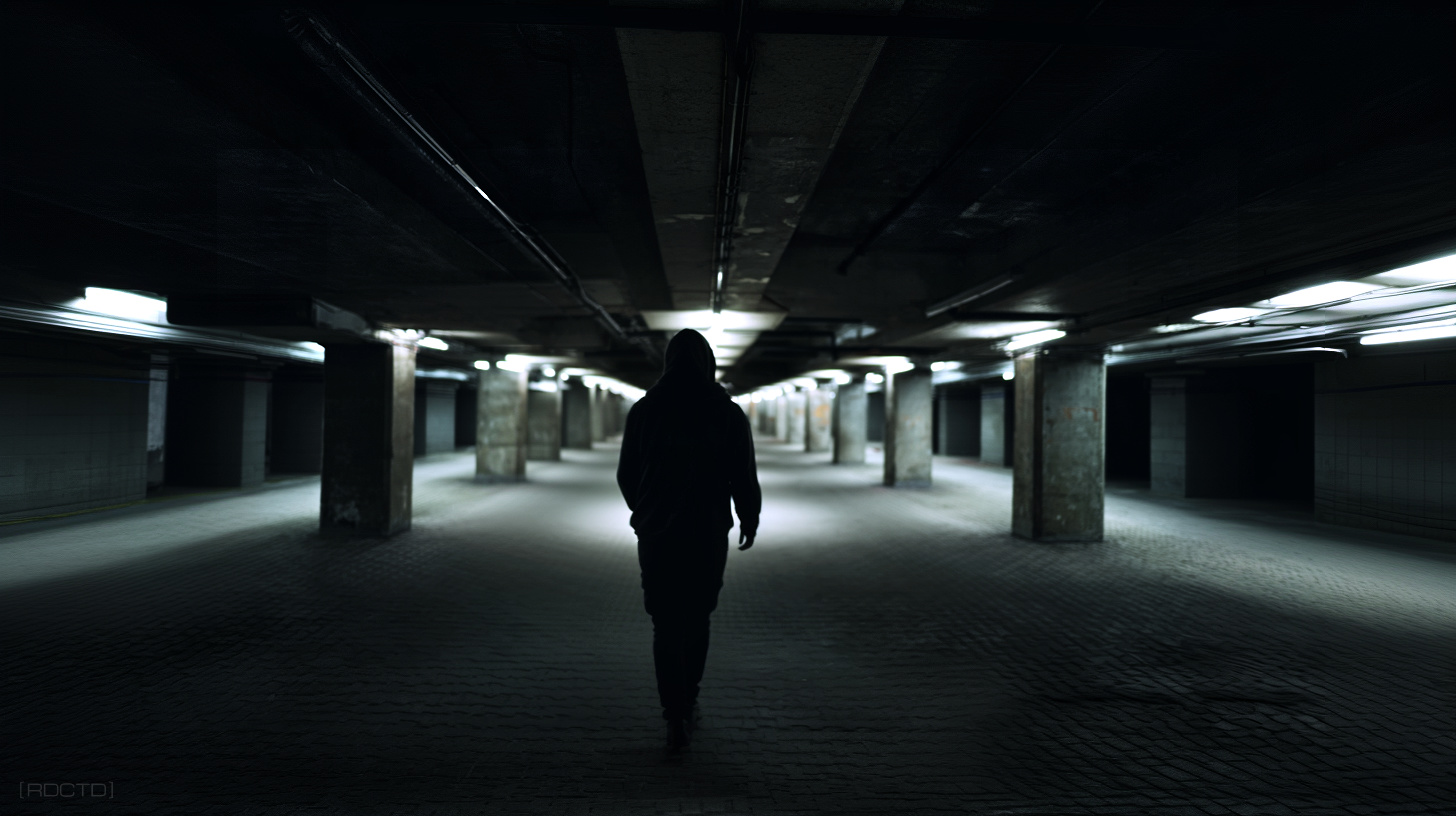 Nondescript is operating without attracting attention, minimizing the chance of detection, surveillance, or recollection by witnesses. A layer of cover to move, observe, and act without leaving a memorable footprint.
Nondescript is operating without attracting attention, minimizing the chance of detection, surveillance, or recollection by witnesses. A layer of cover to move, observe, and act without leaving a memorable footprint. ![]()
In the field, the most dangerous operative isn’t the one hiding in the shadows, it’s the one sitting beside you on the train, unnoticed.
Being nondescript is a foundational concept in tradecraft, referring to the deliberate cultivation of a forgettable, unremarkable presence that avoids drawing attention. An operative who is nondescript doesn’t stand out in any meaningful way; physically, behaviorally, or socially.
This isn’t about invisibility in the literal sense or even hiding; it’s about being so bland and commonplace that observers’ eyes pass right over you. In covert operations, this is a critical baseline, before you gather intelligence, plant surveillance equipment, or conduct a brush pass, you must first blend in so thoroughly that no one recalls you being there.
Ghosts disappear by being exactly what people expect to ignore.
The psychology of being nondescript depends on suppressing the natural human desire to be seen, recognized, or validated. Most people (consciously or not) signal for attention in small ways: through posture, eye contact, clothing, speech patterns, or behavior that asserts individuality.
A trained operative must reverse this instinct, deliberately projecting a persona designed to fade into the background. This requires discipline, self-erasure, and an acute awareness of how others perceive you.
You’re not just avoiding attention, you’re shaping the perception of others to overlook you, to forget you, and ideally, to never register you in the first place. That mindset, once internalized, becomes a critical advantage in both surveillance-heavy environments and close-contact operational work.
From a tradecraft perspective, being nondescript is the baseline for much of covert discipline; dead drops, surveillance, elicitation, countersurveillance, escape/evasion and source handling all demand it.
It’s a passive form of cover that reduces the need for reactive behavior. The less attention you draw, the fewer problems you have to solve later.
Silence has a look. Learn it.
Achieving a nondescript profile starts with appearance. Flashy or stylized clothing, loud colors, brand logos, and fashion trends are out. Your attire should be generic; neutral tones, seasonally appropriate layers, no loud patterns. Choose common, mass-market brands that don’t make a statement.
Hairstyles should be tidy and conventional for the area and demographic. Tattoos, piercings, or any body modifications that could aid in identification are liabilities, so they should be removed or hidden. Even grooming matters, neither too neat nor too messy, but within the average range for the location.
The key is not just to avoid standing out, but to actively mirror the baseline of your environment. Before deploying, an operative should spend time conducting a pattern-of-life study on the local population; note how people dress during different times of day, what accessories are common, and what brands are frequent. If most locals wear faded jeans and generic sneakers, showing up in tactical boots or sleek loafers creates a visual inconsistency.
Even something as small as a watch or the way you wear your backpack can make you memorable. The goal is to achieve an appearance so contextually appropriate that you become interchangeable with the crowd, functionally invisible not by absence, but by overwhelming similarity.
Tradecraft doesn’t always look like action. Sometimes, it looks like silence, slouched shoulders, and yesterday’s clothes.
Behavioral discipline is just as important. A nondescript operative moves in a way that matches the local tempo. You don’t rush unless everyone else is rushing. You don’t linger without a reason. You avoid expressive body language, animated conversations, and any gestures that attract notice.
Practicing behavioral mimicry in everyday settings is one of the most valuable drills for an operative; you learn to adjust your gait, posture, and even facial expressions in real-time. It’s not acting, it’s becoming congruent with your surroundings so that you pass through them like a shadow through fog.
An operative doesn’t disappear in the crowd, they become it.
Social interaction is another minefield. People remember those who are overly friendly, overly reserved, or socially awkward. The nondescript operative uses light, forgettable conversation when necessary, short, context-appropriate responses that don’t spark curiosity or attraction.
Mastering this requires emotional control and self-awareness; many operatives make the mistake of overcompensating, trying too hard to appear normal and ending up performative – inadvertently becoming abnormal.
Your tone should be forgettable, neither monotone nor overly enthusiastic, just bland enough to be processed and discarded. The goal isn’t just to be polite; it’s to be so standard that no one bothers to form an opinion about you.
Your camouflage is their disinterest.
Digital presence matters, being truly nondescript also means avoiding data trails that contradict your appearance. Your phone, fitness tracker, and other devices should match the kind of person you’re portraying.
Using a high-end smartphone while dressed like a lower-income commuter creates a mismatch that could get you flagged. Keep location services off, and avoid unnecessary use of digital devices in public. Operatives often carry “clean” or burner phones with minimal apps and no personal data within the devices when working in sensitive environments.
It’s also essential to manage wireless signatures; Bluetooth, Wi-Fi probes, and cellular handshakes can all betray your presence, even if you’re visually nondescript. Many public and private surveillance systems now cross-reference visual feeds with digital metadata, meaning your devices can compromise your anonymity before you even speak.
Additionally, if your persona requires a device, ensure the data matches the story; browsing history, saved contacts, even the background photo should align with the character you’re projecting. Discrepancy equals suspicion.
To operate freely, you must disarm human memory.
It’s important to understand that being nondescript is not a one-size-fits-all model, it changes depending on the operational environment. A nondescript operative in a New York subway looks different than one in rural Eastern Europe. The core idea stays the same: avoid triggering any memory, interest, or suspicion. You want to become part of the scenery.
Mastering the art of being nondescript takes discipline, self-awareness, and a commitment to suppressing ego. It’s not about hiding in shadows; it’s about hiding in plain sight, forgotten the moment you leave the room.
![]()
// Being nondescript is earning disinterest so completely that your presence deletes itself from memory.
[INTEL : Dynamic Persona Deception]
[OPTICS : Berlin, Germany]
![[RDCTD]](https://rdctd.pro/wp-content/uploads/RDCTD-Covert-Operative-Tradecraft-Guide-LOGO-tk.png)
![[RDCTD]](https://rdctd.pro/wp-content/uploads/RDCTD-Covert-Operative-Tradecraft-Guide-LOGO-mobile.png)

